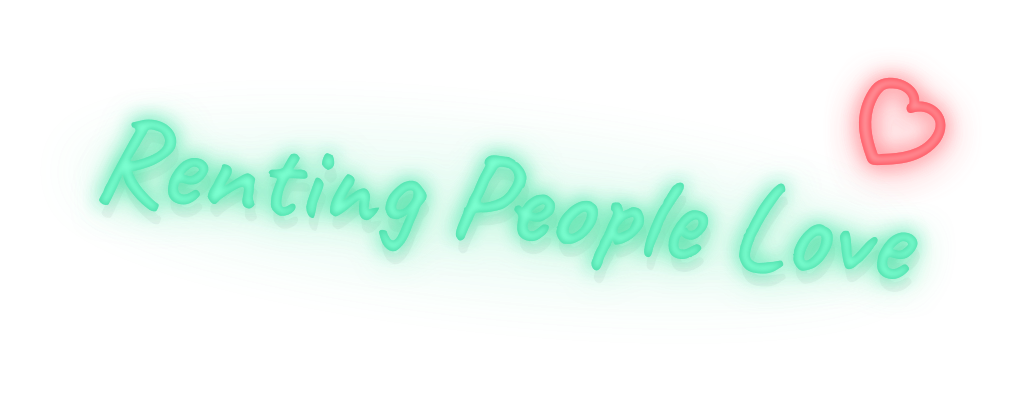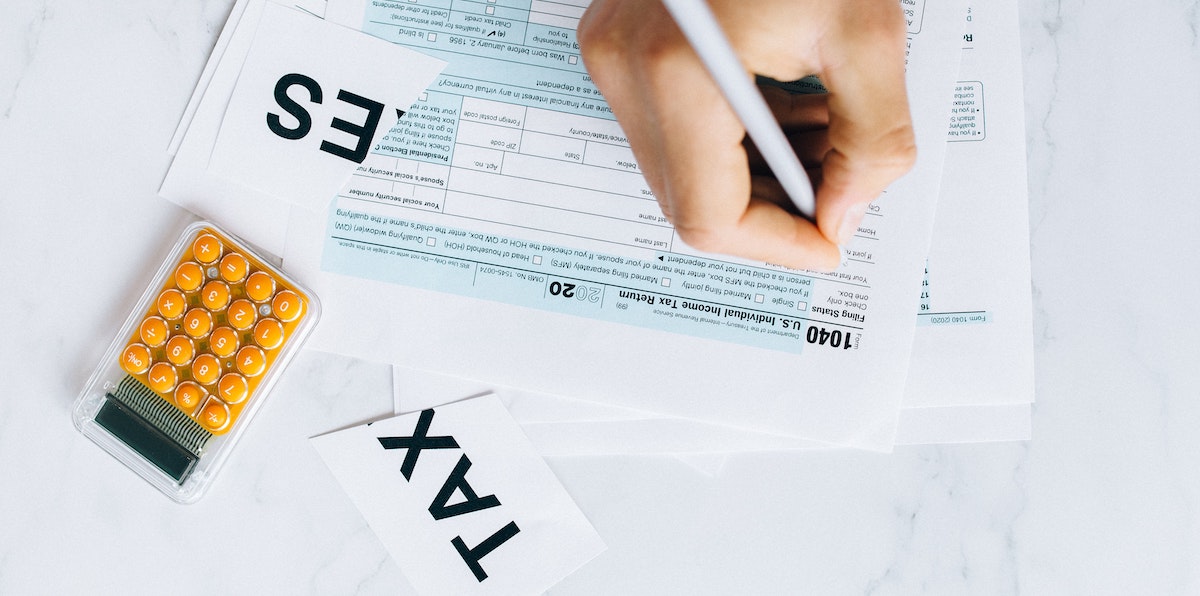Property Management
What is Prorated Rent and How to Calculate it
Last Updated Aug 8, 2022


Table Of Contents
- What is prorated rent?
- How is prorated rent calculated?
- Prorated rent example
- When should a homeowner prorate rent?
- How to charge prorated rent
- Should you include prorated rent in your lease agreements?
- How prorated rent can help you find new residents
- Need support with logistics like prorated rent? Consider Belong.
Understanding how to implement and calculate prorated rent will allow you to lease your rental property to ideal residents and ensure you maintain a positive cash flow between leases.
What is prorated rent?
Prorated rents allow you to rent your property to a new and existing resident for a period less than your typical lease term of a month. Depending on your unique circumstances, you may have a resident who wants to move in on a day other than the first of the month. Similarly, residents may move out before the end of the month or need a few additional days or weeks before they move out. Prorated rent is rent that is calculated proportionately to the monthly rental amount.
How is prorated rent calculated?
Prorated rent is equal to the daily rental rate multiplied by the number of days the residents will rent your property outside the current lease terms.
Prorated rent = Daily rental rate x Number of days
You can calculate the daily rental rate by dividing the monthly or yearly rent by the number of days in the month or year. When you calculate the daily rental rate, there are four methods you can choose from.
Daily rental rate based on the current month: Calculate the prorated rent by dividing the number of days in the month by the monthly rent and multiplying it by the number of days in the prorated rental period.
Daily rental rate based on the average month: The average month has 30.42 days. To calculate prorated rent using the average month, divide the monthly rent by 30.42 and multiply it by the dates included in the prorate rent period.
Daily rental rate based on the banker’s month: To calculate the daily rental rate using a banker’s month, calculate the prorated rent using 30 days in a month. Use 30 days regardless of how many days are in the month you are charging prorated rent.
Daily rental rate based on the number of days in a year: Instead of calculating based on the days in a month, calculate the daily rental rate using the number of days in the year and the annual lease amount. To do this, multiply the monthly rent by twelve to find the yearly rent amount. Divide the annual rent by the number of days in the year (365 unless it’s a leap year) to find the daily rental rate.
Once you’ve chosen a method and identified the daily rental rate, you can multiply that rate by the days the residents will rent the property to find the prorated rent amount.
Prorated rent example
Let’s imagine the monthly rent for your investment property is $2,000, and you have a resident who would like to move in 10 days before the beginning of their new lease. We can calculate the prorated rent amount using the formula above and our chosen method of finding the daily rental rate. Let’s assume that the current month is February, which is not a leap year.
Prorated rent using the current month’s daily rental rate in February:
- $2,000 monthly rent /29 days = $68.97/day x 10 days = $689.70
- Prorated rent= $689.70
Prorated rent using the average month daily rental rate:
- $2,000 monthly rent /30.42 days = $65.75/day x 10 days = $657.50
- Prorated rent = $657.50
Prorated rent using the banker’s month (30 days) daily rental rate:
- $2,000 monthly rent /30 days = $66.67/day x 10 days = $666.70
- Prorated rent = $666.70
Prorated rent calculated based on yearly rent:
- $2,000 monthly rent x 12 = $24,000
- $24,000 / 365 days = $65.75/day
- $65.75 x 10 day = $667.50
- Prorated rent = $667.50
Depending on your method, you can see a slight difference in the prorated rent amount. There’s no wrong way to calculate the daily rental rate, but it is critical to use the same method consistently. This will allow you to answer any questions your residents may have about the prorated rental amount.
When should a homeowner prorate rent?
There are two main situations where it is appropriate to use prorated rent. In both cases, prorated rent can aid in creating a smooth rental transition.
When a resident moves in mid-month, let’s say your last resident moves out, and it takes you several weeks to find a new resident. They may move in on the 18th instead of waiting until the 1st of the following month. In this case, you’ll want to charge prorated rent from the 18th to the end of the month.
Alternatively, when a resident wants to move out two weeks after the end of their year-long lease, imagine you have a resident who would like to move out on January 14th instead of December 31st. If you agree with their request, you will charge prorated rent from January 1st to January 14th. In this example, you would charge the prorated amount at the beginning of the last month.
How to charge prorated rent
If you offer prorated rent when a resident moves in, consider charging the first month’s rent plus the prorated rent. You can collect this amount before your new resident moves in. Once the next month, charge rent as outlined in the lease agreement.
Suppose you are charging prorated rent when your resident moves out. In that case, you can charge prorated rent at the same time and in the same manner as you typically collect rent once you’ve calculated the amount.
Should you include prorated rent in your lease agreements?
It can be helpful to outline in what situations and how you will charge prorated rent in your lease agreement. Ultimately, the goal is to communicate the process with your residents, so there is no confusion when these situations arise.
Make it straightforward for your residents to understand how prorated rent works. Remember that they may not be familiar with prorated rent or know precisely how it works. Simple, proactive communication can have a positive outcome for everyone.
As always, you should work with an attorney to ensure your lease meets local requirements and effectively communicates expectations to your residents.
How prorated rent can help you find new residents
Prorated rent can be a helpful tool in attracting new residents to your rental property. If you can offer potential residents flexibility using prorated rent, you can encourage a high-quality resident to choose your property over another. Similarly, a positive move-in experience which may include prorated rent is a good way to retain excellent, respectful residents.
Likewise, if you have a resident moving out and they’ve had a positive experience, they may refer you to a new resident. A referral is beneficial if you’ve had a good experience with your resident and would like to have another similar resident. At the end of the day, prorated rent can help you have a good relationship with your resident.
Need support with logistics like prorated rent? Consider Belong.
Belong is a modern alternative to property management. We help you manage the relationship with your residents and ensure everyone has a positive, enjoyable experience. Belong’s Member Service Team will provide you and your resident with everything you need. We collect rent, schedule home visits, and build a relationship with your residents. Plus, we help you market, find, and vet new residents, so we find someone who will love your home as much as you do. Belong conducts credit checks, income, employment verification, reference checks, and facilitates a personal interview with a highly-trained Resident Onboarding Specialist.
Belong offers homeowners a better way to attract new residents, rent, and maintain their rental homes. We believe in making renting magical for homeowners and residents. Learn more and see if you qualify.
About The Author
Jordan Newsom
Jordan Newsom is a highly-caffeinated writer who loves delighting readers, using content to teach, and broadening perspectives. When she's not behind a computer screen, she's hunting down the best coffee shops, breweries, and restaurant patios in Denver, Colorado.




